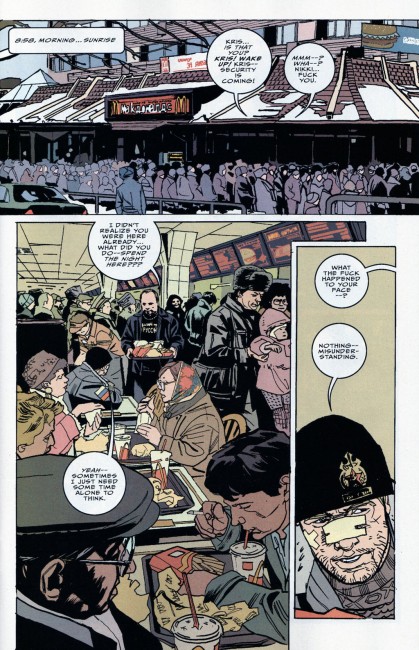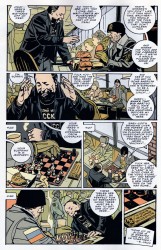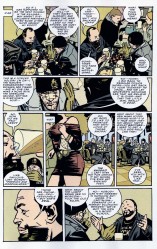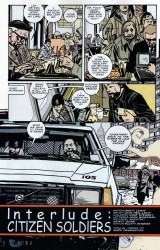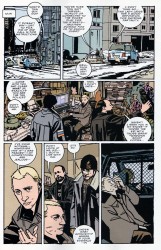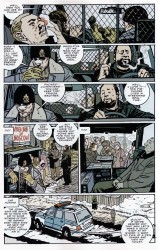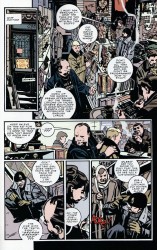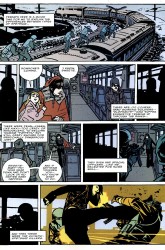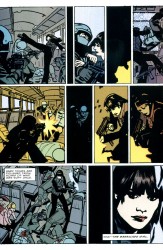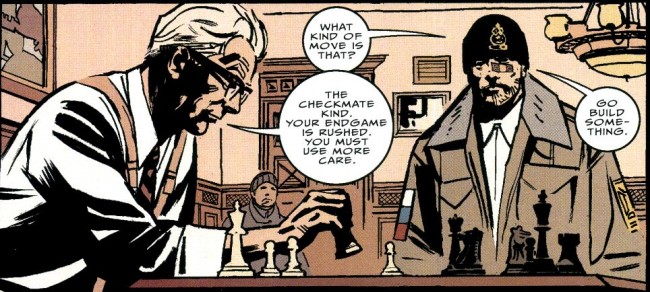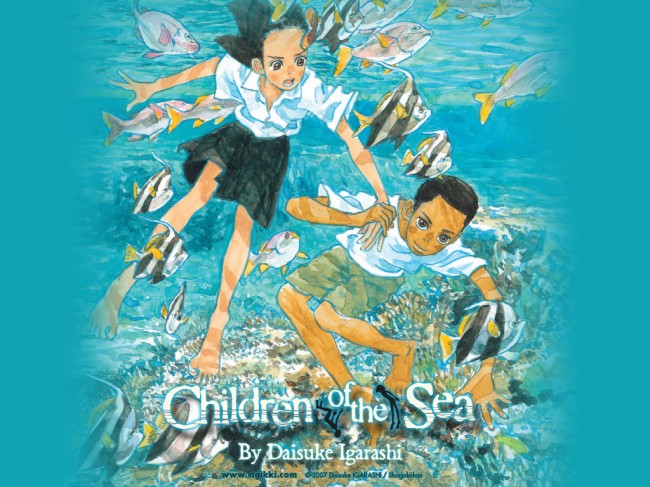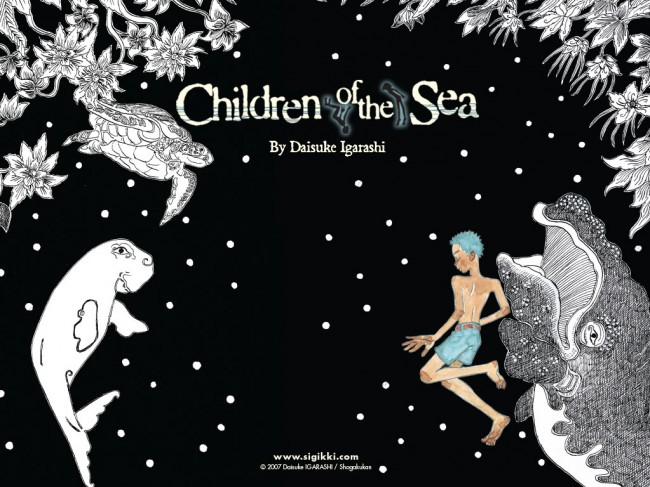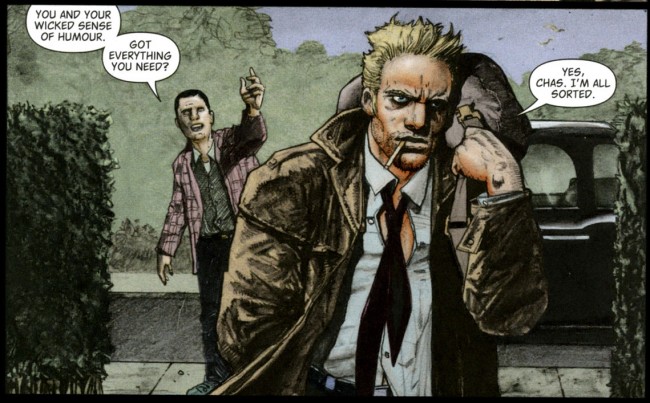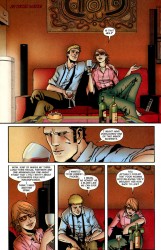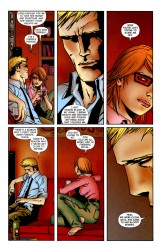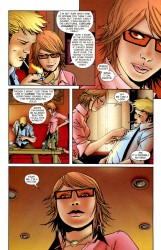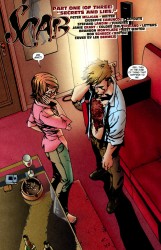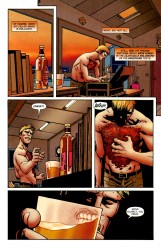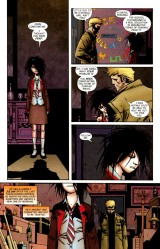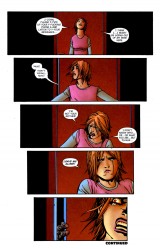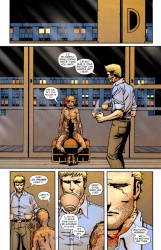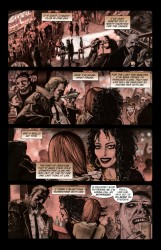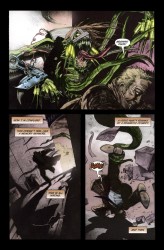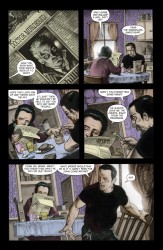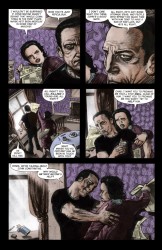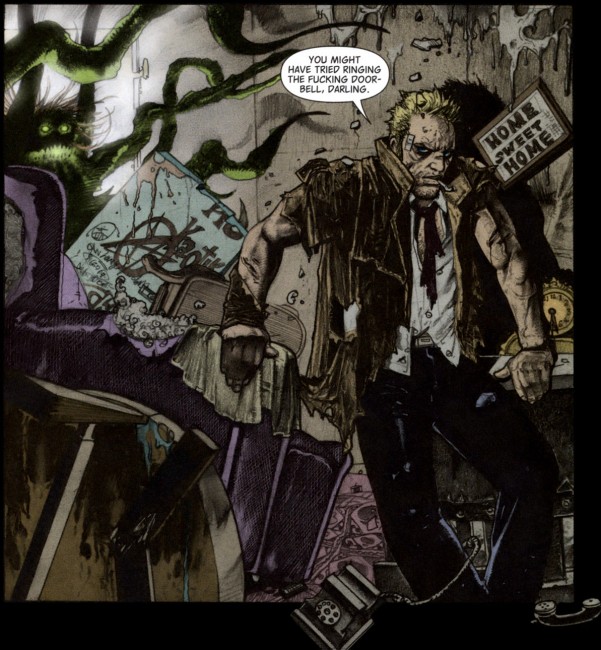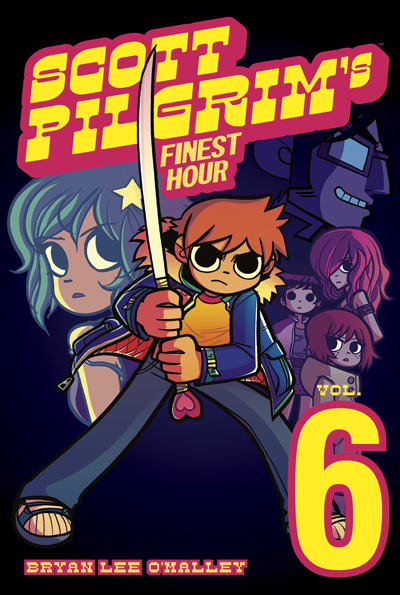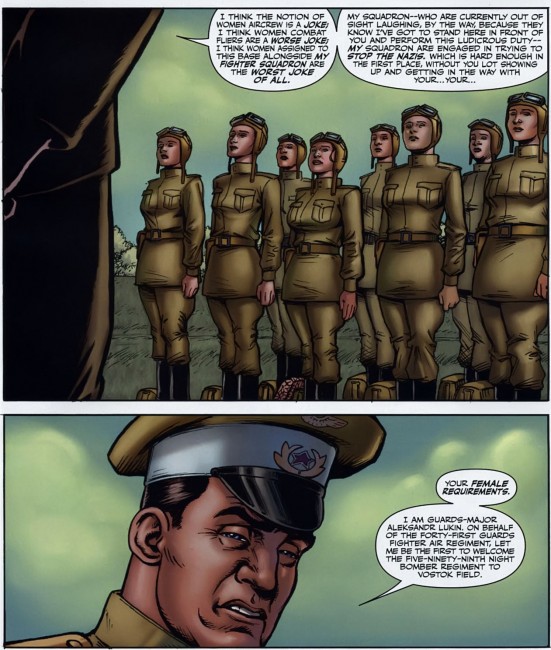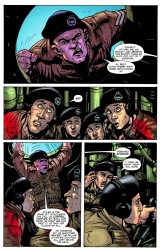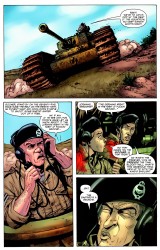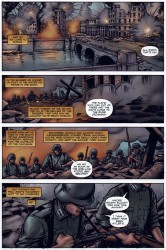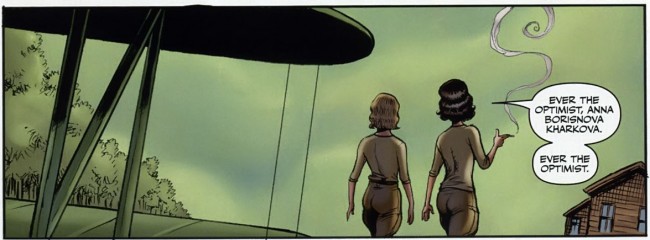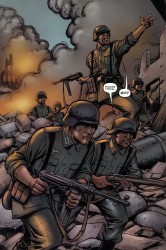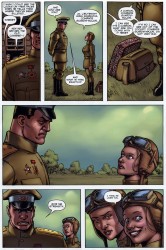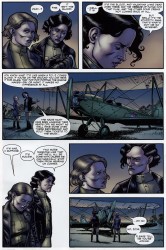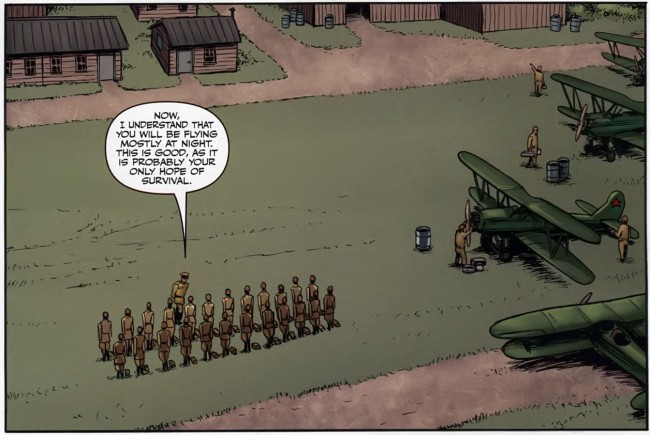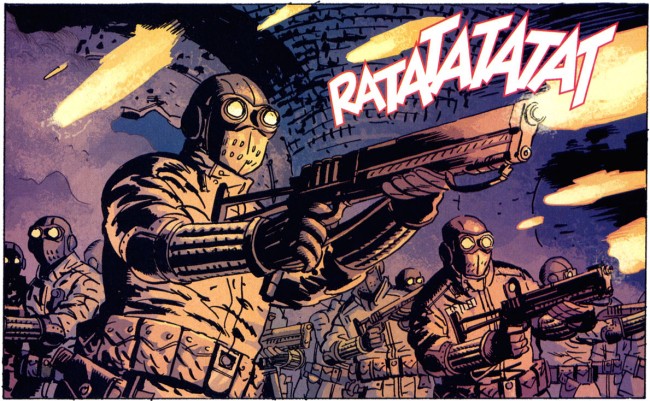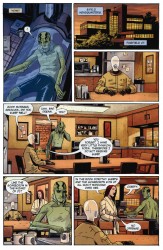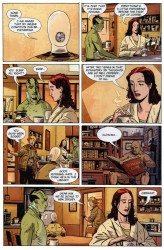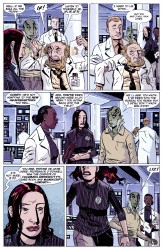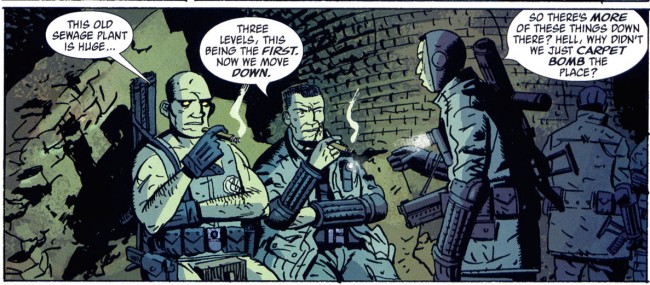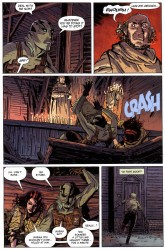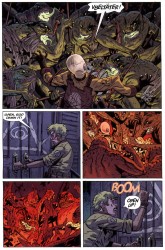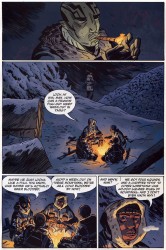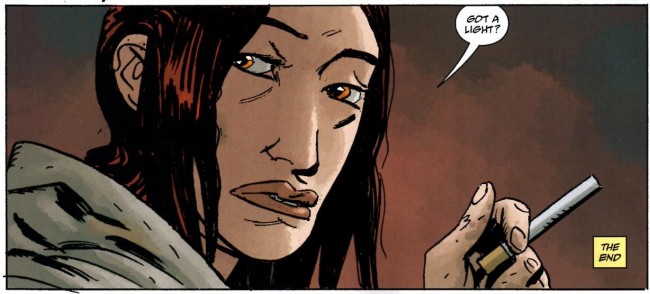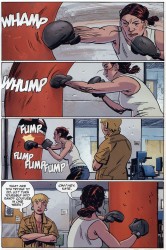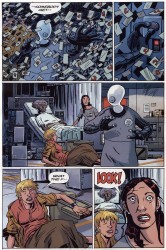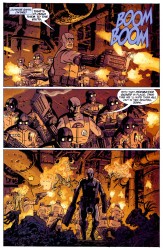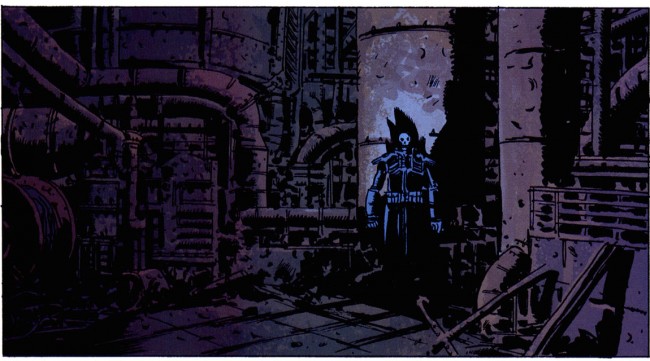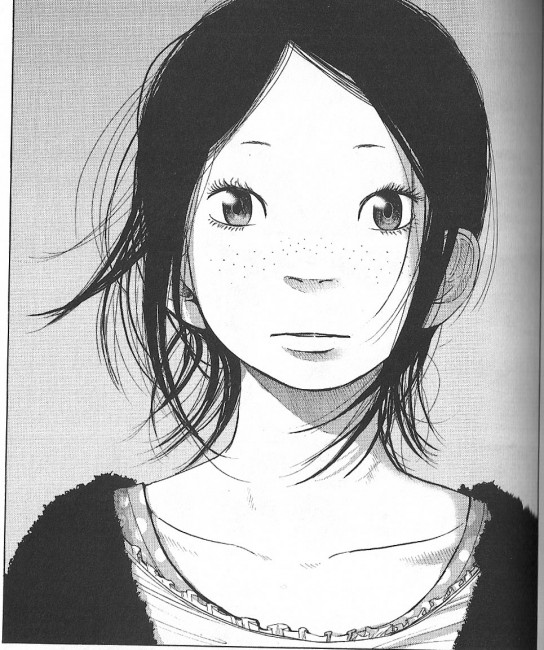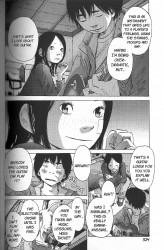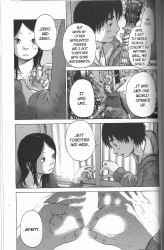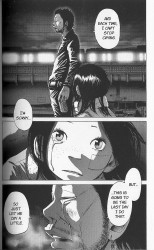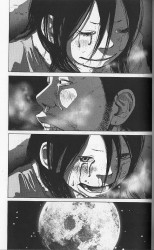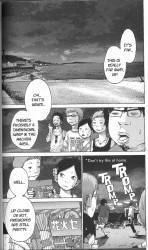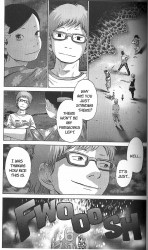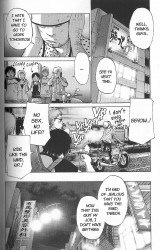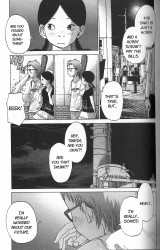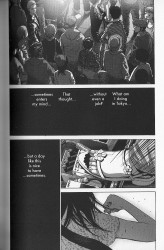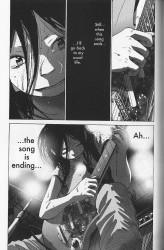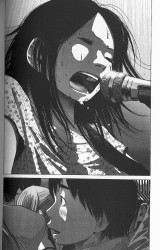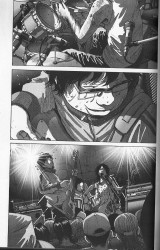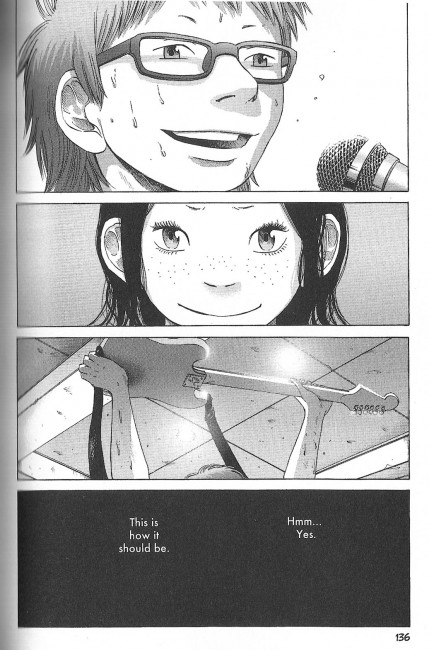
4×4 Elements: Superman: Birthright
July 28th, 2010 Posted by david brothersSuperman: Birthright. Words by Mark Waid, pencils by Leinil Francis Yu, inks by Gerry Alanguilan, colors by Dave McCaig, and letters by Comiccraft, Superman by Siegel and Shuster.
I didn’t like Superman until I read Birthright. I’d read a few as a kid, most notably the Death and Reign, and the cartoon was okay I guess, but he never clicked. He was generic and boring. Here are four ways why Birthright convinced me otherwise.
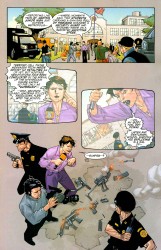
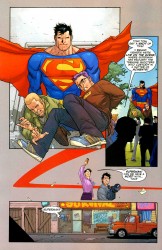
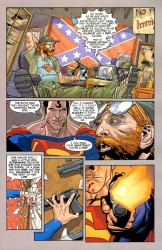
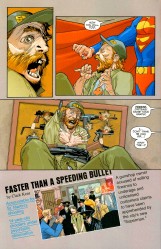
Superman gets angry. Most popular interpretations of Superman portray him as fairly long-suffering, good-humored, and kind. He punches robots and rescues children and goes home satisfied. In Birthright, he’s a little different. He’s a little edgier and, as this scene shows, a lot angrier. This isn’t your stereotypical “This ends now!” anger. It’s something smaller and much more personal. I like this, in part because it makes Superman a little more human.
Kryptonian or not, Superman was raised as a human being by human beings. There’s no way that he grew up to be completely emotionally stable at all times. Something has to piss him off at some point. This time, it was a young girl looking down the barrel of a gun because of a man’s negligence. This kind of thing puts me in mind of Action Comics 1, where Superman throws a wife beater up against a wall and generally operates on a completely different level than he does these days.
This manages to ground Superman (“He gets angry at injustice, just like us!”) without butchering him or tearing his character to bits. He has a very reasonable reaction to something horrible happening, and he wants to ensure that it doesn’t happen again. “I want you to know how this feels, because your complete lack of empathy is what allowed it to happen.” Superman is a power fantasy, and a tremendous part of the appeal of power fantasies is that they can do things you wish you could do, but cannot.
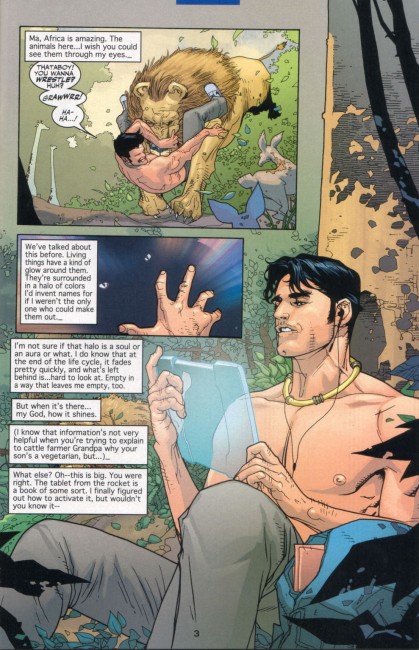
Superman has super-empathy, feeling great respect and love for all creatures. One wrinkle Waid and Yu added to the mythology is that Superman is a vegetarian. It sounds a little goofy, and is minor in the overall scheme of things, but it makes a lot of sense. If Superman really was as kind and gracious as people say he is, that obscene level of kindness would extended to all life.
What matters here isn’t that he eats rabbit food all the time. What matters is that the idea that Superman is a vegetarian shows that Waid put a lot of thought into Superman. He went deeper than “Superman is a good guy and does good guy things.” He started with one idea, “Superman is a good guy raised by loving parents,” and extrapolated from there. Superman has a deep wellspring of love for life->Superman is an alien, and is therefore as different from humans as humans are to animals->Superman would consider all life the same->Superman wouldn’t want to kill animals for food. One thought, followed through to its logical extension.
Thought counts.
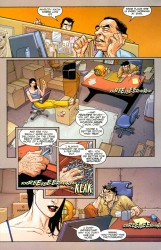
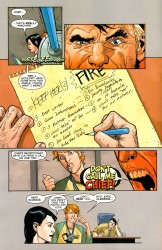
Lois Lane is annoying. This isn’t the Lois who has settled down with Superman and knocks out Pulitzer Prize-winning articles twice a week. This is the Lois that has had a few minor hits, has gained a well-regarded reputation, but hasn’t quite made her name what it would later grow to be. Except: she’s very, very good. Perry White knows it. Clark Kent has known it for years. Everyone knows it. The worst part is that she knows it.
Have you ever met a really talented person who knows that they’re talented? Lois Lane is that person. She knows she’s good, and she knows that her talent lets her get away with a whole lot of stuff. Yes, she will critique the paper to her boss in excruciating detail. Yes, she will put herself into dangerous situations just because she can. Yes, she will lie and cheat her way into a building to get a story. Yes, she will hit Lex Luthor’s doomsday machine with a lead pipe.
“If you got it, flaunt it,” said the late great Notorious B.I.G. Lois has got it. She flaunts it. And she can, because she’s got the talent to back it up.
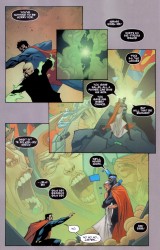
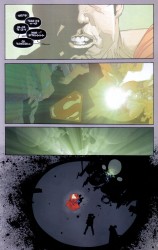
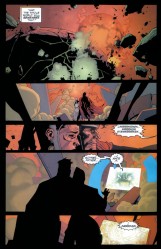
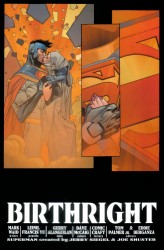
This isn’t especially deep or profound. This is just something else that wraps up Superman’s origin in a nice, neat bow. Superman gets to talk to his parents. Originally, Superman was just an orphan. He knew where he was from, he knew his history, but he didn’t know or ever talk to his parents. He was a baby.
At the end of Birthright, a wormhole through time lets him see his parents just after they launch him into space. They’re worried about his future and caught in the despair that can only come when giving up your child. And in the end, when he finally gets a chance to speak to them, he says, “Mother… Father… I made it.”
It’s sweet and it gives a certain measure of closure to a story that you probably didn’t even realize needed it. Later stories would build upon Superman’s relationship to Krypton (“Great Rao!” for some reason took off even though dude was probably raised Methodist), but this right here is the first step, and honestly the only step I need. His parents died at peace. He started his life as Superman and soon managed to make contact with his past. It’s nice.

